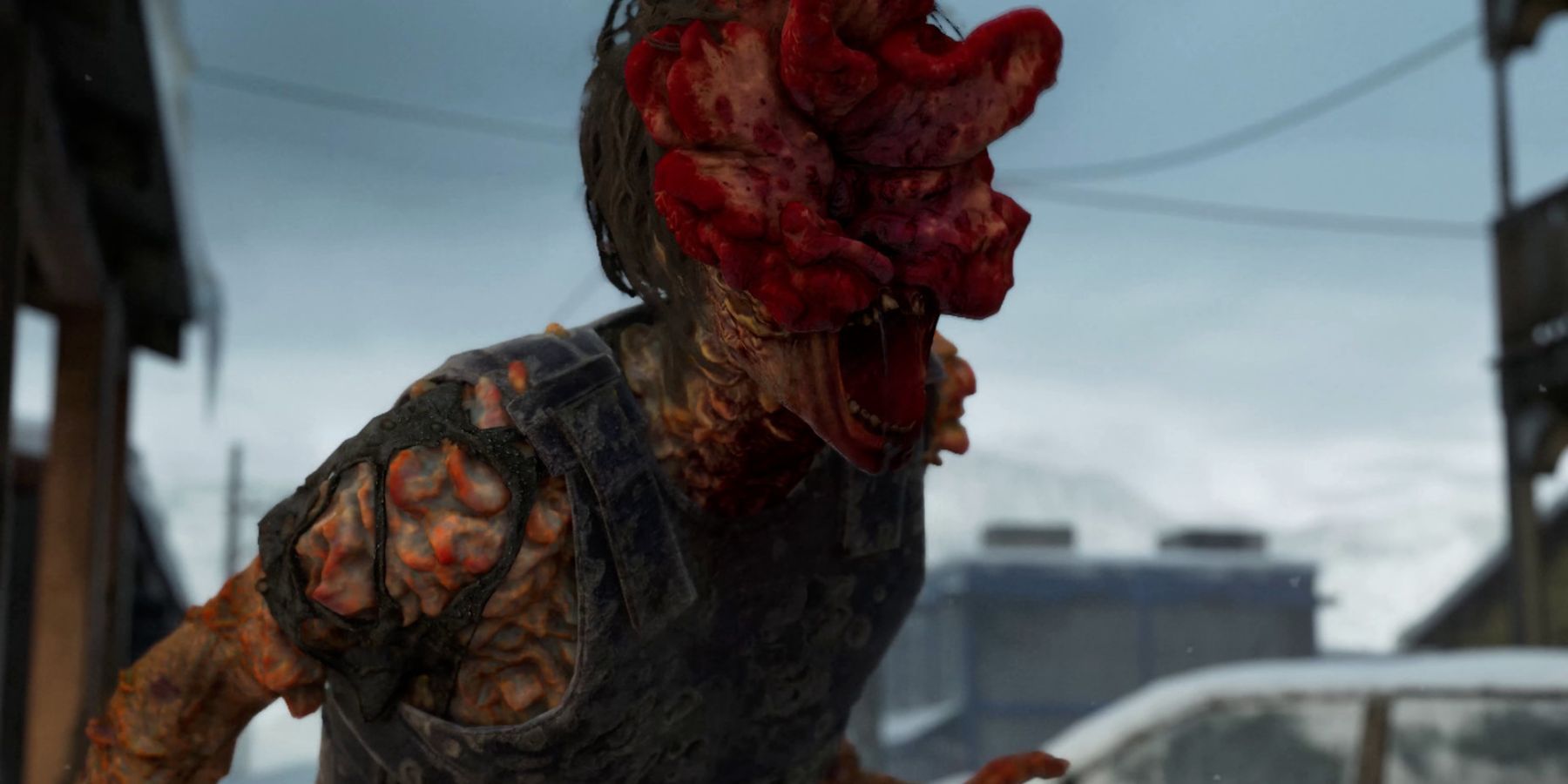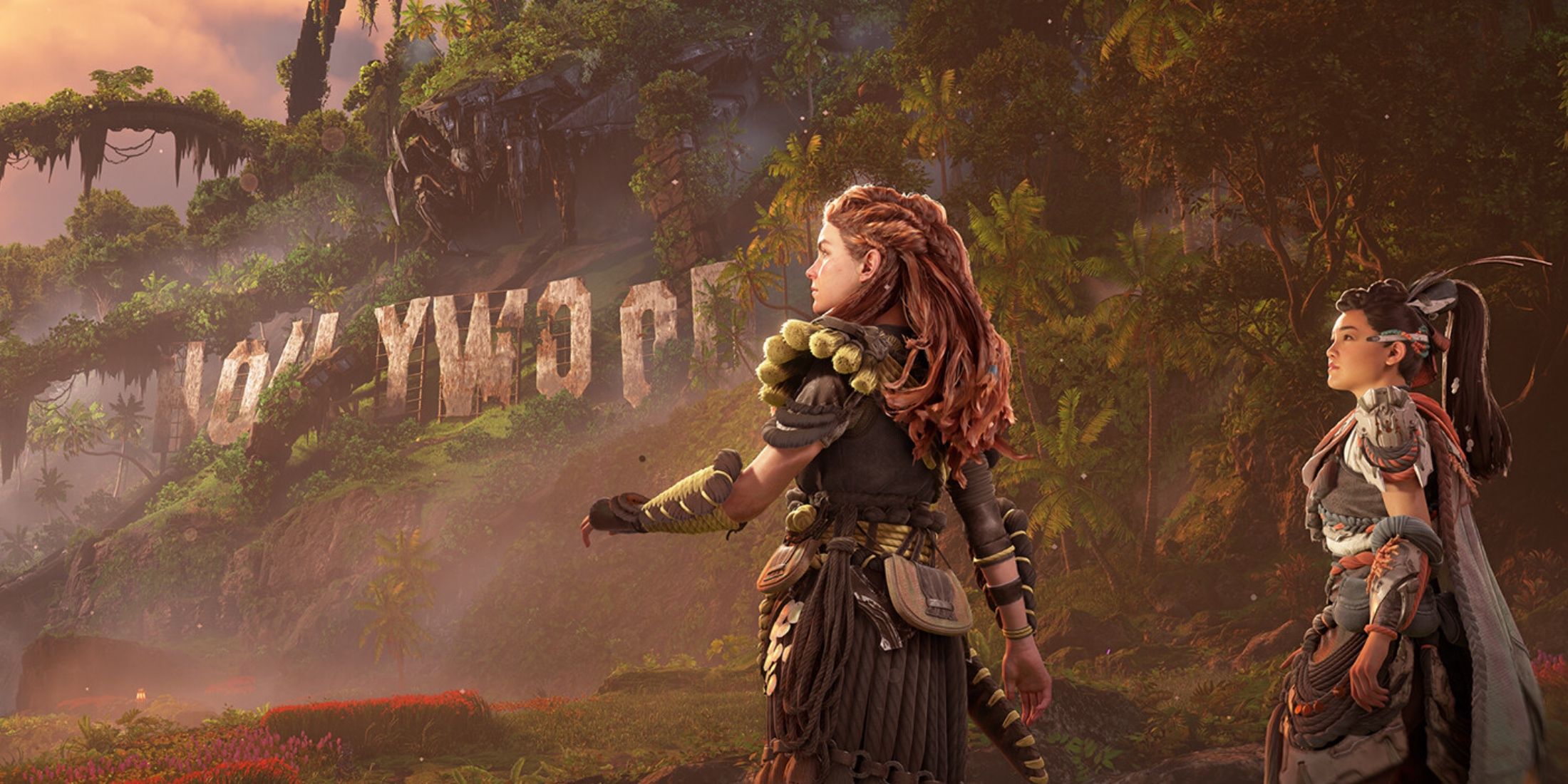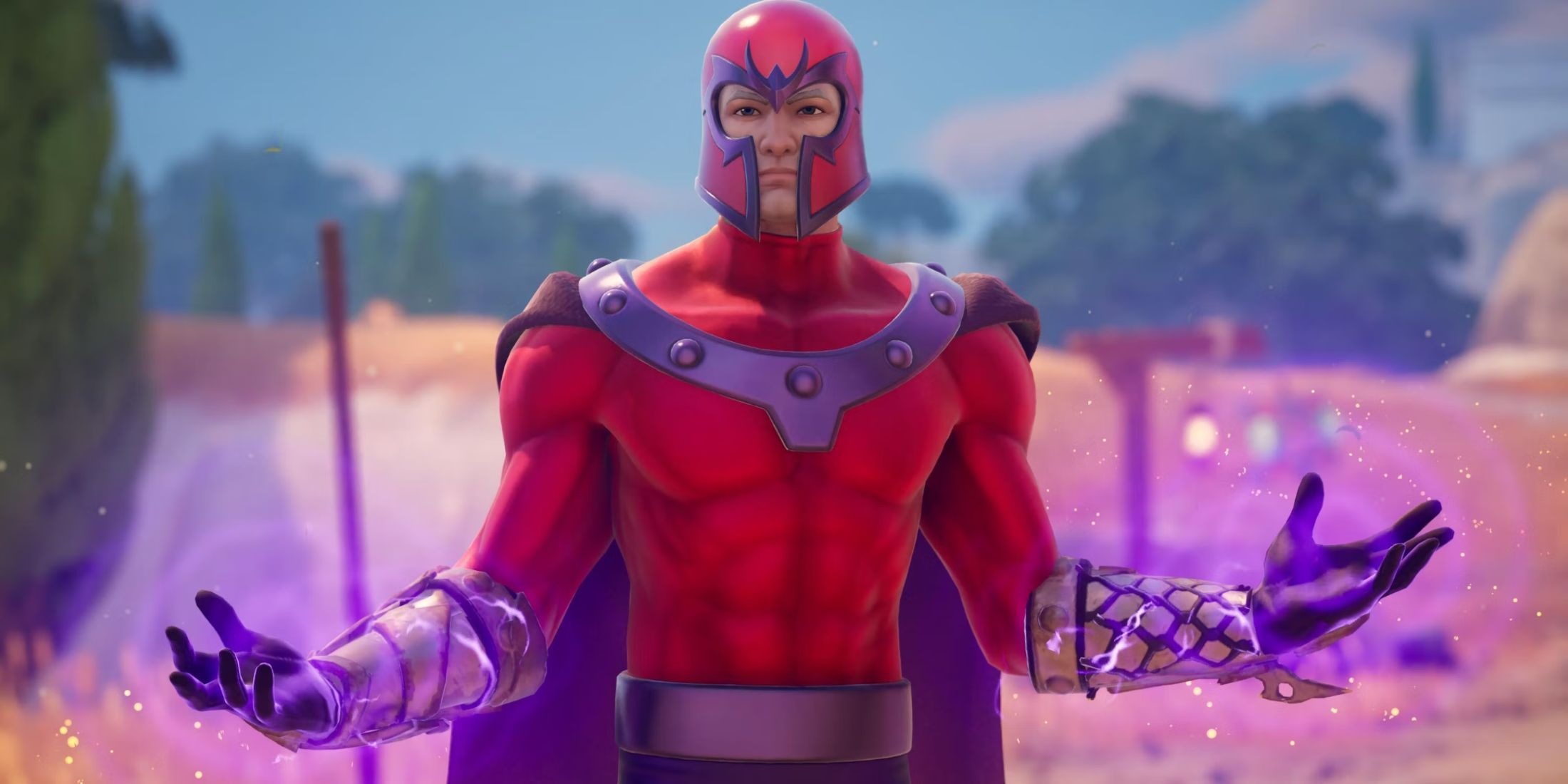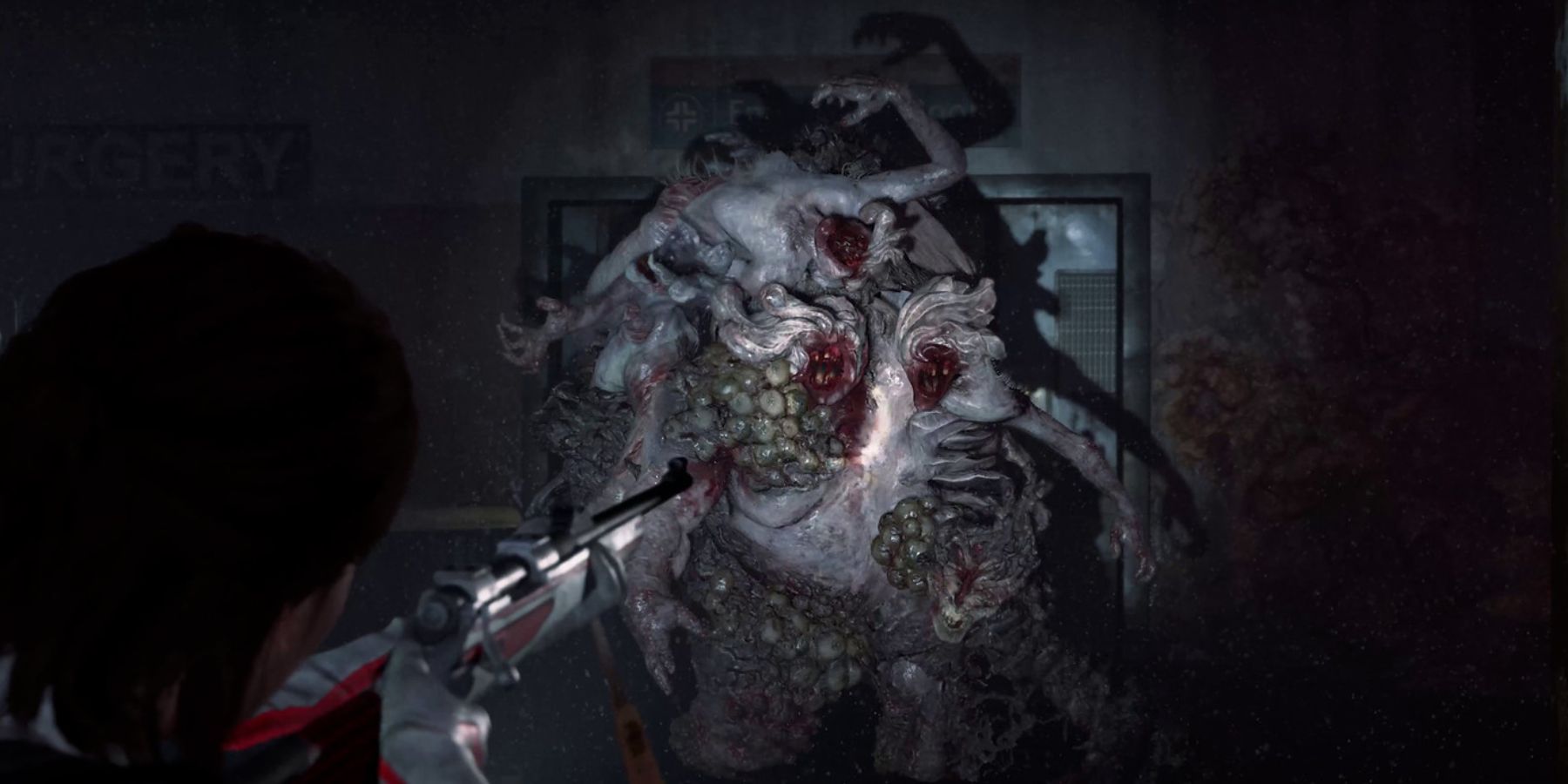Highlights
- The Last of Us Part 2 Remastered's No Return mode is highly challenging and intimidating, with Gambits adding to the difficulty factor.
- The accessibility options in The Last of Us Part 2 Remastered are exceptional and cater to players with different needs, but they can potentially make runs easier and exploitable on the Daily Run leaderboards.
- There is a debate about whether the Daily Run leaderboards in No Return truly reflect player skill, especially when accessibility options are used to make runs more accommodating.
The Last of Us Part 2 Remastered is all well and good as an actual remaster despite whether it was the right time and place for one. The Last of Us Part 2 Remastered’s roguelike No Return mode, however, is where the remaster truly makes its stride. Surprisingly in-depth with a lot to consider between each encounter, deciding to dive into a run is a herculean feat since the game mode itself is highly intimidating on higher difficulties.
The intimidation factor kicks in fully when players are introduced to Gambits, where horrific modifiers spell inescapable disaster and risk tarnishing a run. Then, when players feel as though they’ve mastered anything ordinary runs can throw at them, Daily Runs give them the biggest challenge yet. Still, while No Return can be as difficult as players would like it to be, it can also be made as carefree as players would like, though this poses a discourse of whether that’s valid when it comes to competitive leaderboards in The Last of Us Part 2 Remastered.

The Last of Us Part 2 Remastered’s No Return Has a Perfect Expansion Idea Lying in Wait
The Last of Us Part 1 and Part 2 now share the same fidelity, and the latter's new No Return mode could relish in a collaborative expansion.
The Last of Us Part 2 Remastered’s No Return Leaderboards Can Be Exploited
The Last of Us Part 2 Remastered’s No Return Has Terrific Accessibility Options
In particular, The Last of Us Part 2Remastered’s accessibility options include combat accessibility options that affect gameplay. These options include:
- Hostages Don’t Escape
- Allies Don’t Get Grabbed
- Enemies Don’t Flank
- Reduced Enemy Perception
- Reduced Enemy Accuracy
- Enhanced Dodge
- Invisible While Prone
- Weapon Sway
- Slow Motion
- Tinnitus Sound
It’s easy to see how these accessibility options are extraordinary for players who might otherwise have difficulty with The Last of Us Part 2 Remastered and Naughty Dog has demonstrated how well-equipped it is to represent all gamers in this regard. Alongside combat accessibility, the remaster also includes a plethora of other options like alternate controls, magnification and visual aids, motion sickness, navigation and traversal, and screen reader and audio cues.
That said, it’s also easy to see how combat accessibility options like “Invisible While Prone” or “Slow Motion” could be problematic when used on a Grounded run of No Return that’s meant to be drastically harder than lower difficulty runs. Having many or all of these accessibility options enabled during No Return ultimately makes runs easier if not more accessible for those who need it, and that’s become an exploitable method for climbing ranks in leaderboards.
No Return’s Accessibilities Can Be Used to Scale Daily Run Leaderboards
To say that it’s unfair that anyone with generous accessibility options is clearing the leaderboard in No Return’s Daily Runs may be a bit much. Indeed, the accessibility options are there for anyone to peruse and apply to their gameplay, meaning it’s a feature that can rightfully be employed in Daily Runs without anyone needing to justify themselves.
However, the idea that Daily Runs are meant to be the same arduous experience for every player each day is circumvented when players decide to apply every combat accessibility option available and make the Daily Run as accommodating as possible. These particular runs can still be highly difficult regardless, but it puts distance between players who have accessibility enabled and those who don’t and that is represented on the Daily Run leaderboard indiscriminately.
Of course, this may only concern a minority of players who are taking No Return gravely seriously and want to be purely competitive on a daily basis, while other players might accept whatever placement they get on the Daily Run leaderboard and move on. As of right now, though, it’s a question of whether these leaderboards are truly indicative of player skill or not and whether leaderboards are worthwhile to have in No Return at all.




